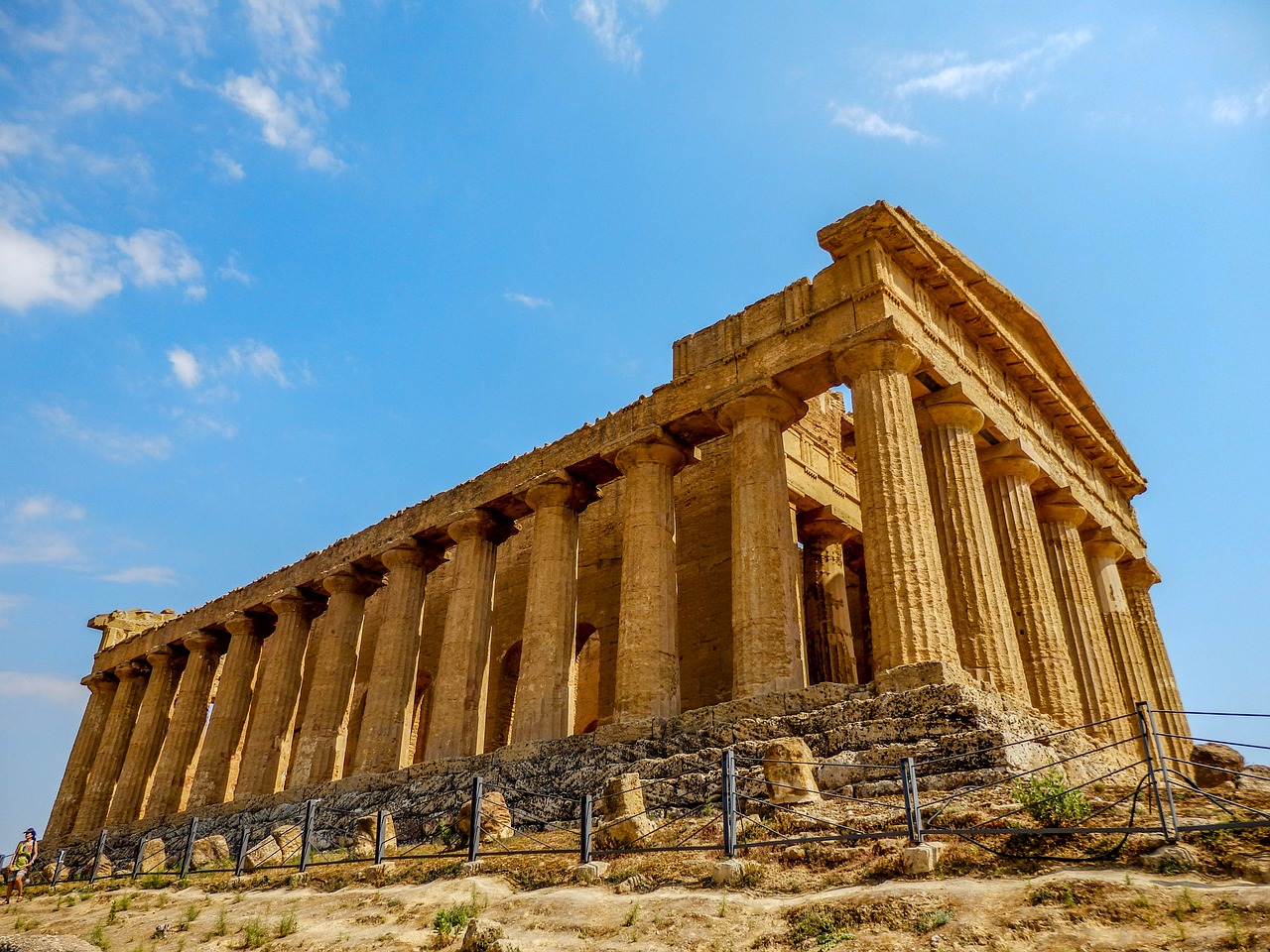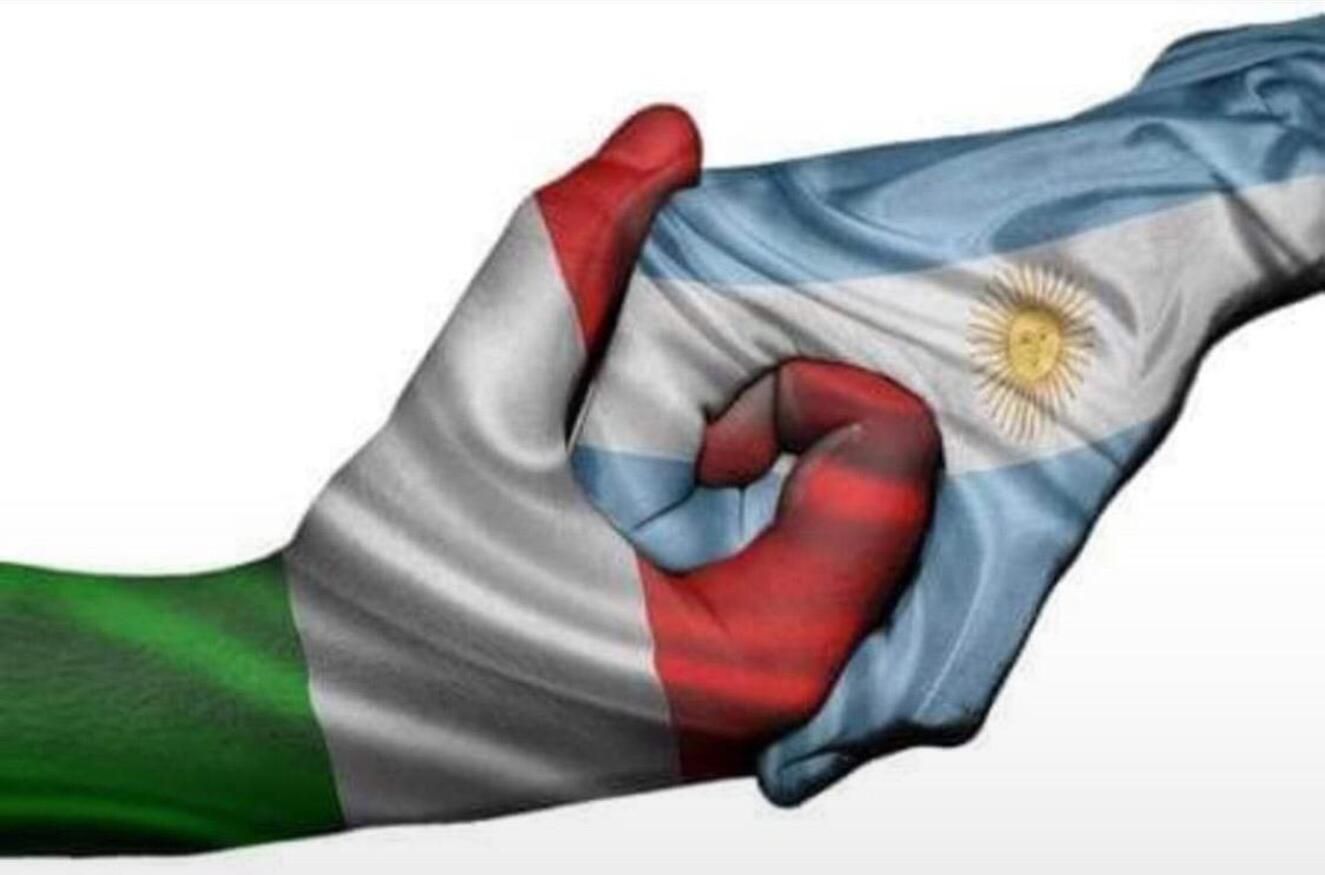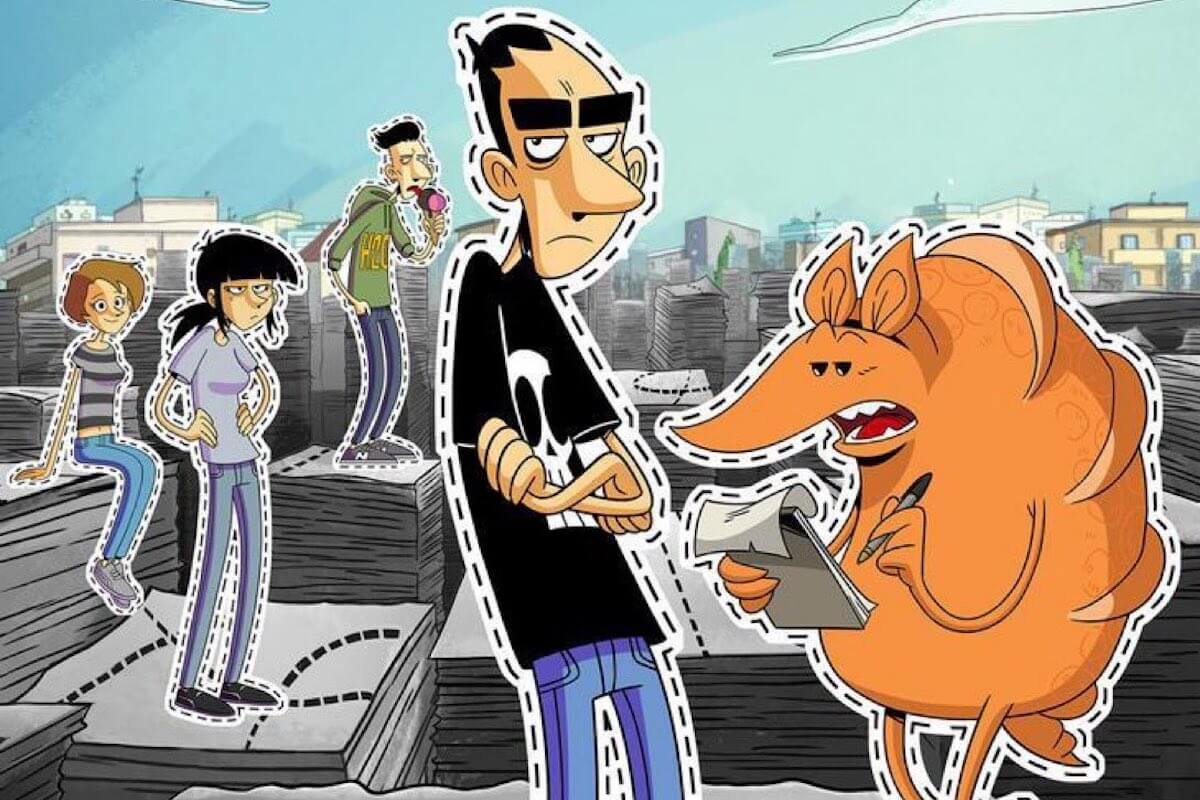Who knows how many of you, reading the Divine Comedy, have imagined being able to see the places where Dante Alighieri really lived. It is a curiosity that can be satisfied. In fact, in Florence there is the The house of Dante museum, in via Santa Margherita, in the heart of medieval Florence, places that according to ancient documents really hosted the great poet. Now, after the closing months caused by the health emergency for Covid, the museum reopens with a new layout.
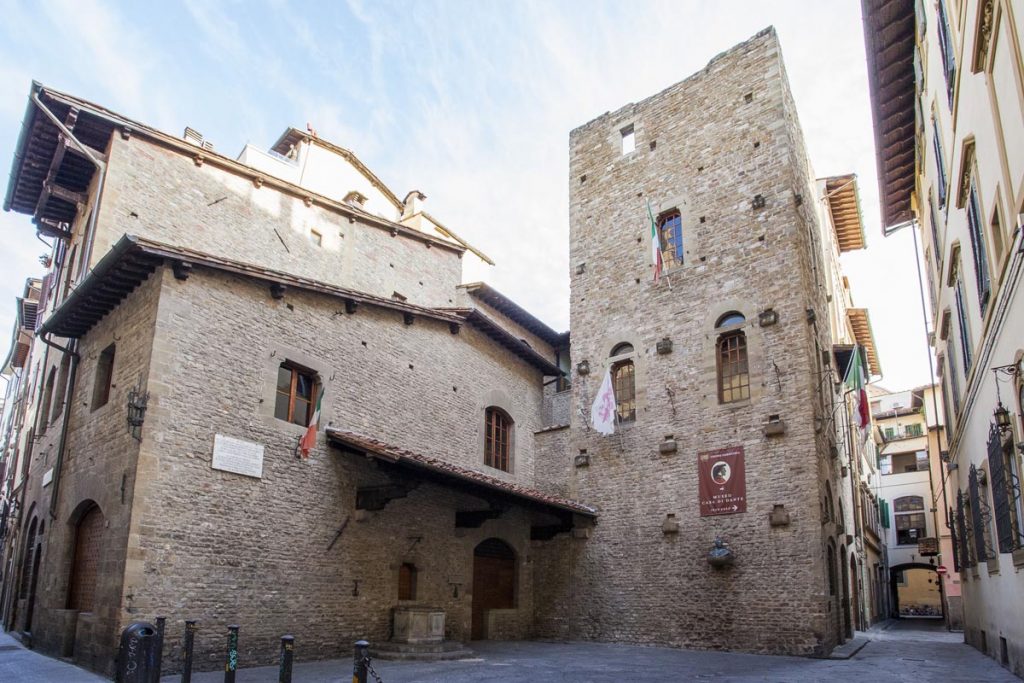
Free opening day at the House of Dante museum
On the occasion of the patron feast, yesterday, the structure was opened to the public for free. Now it will be available every day. For the reopening, a new layout has been designed which is based on technological innovations. In fact, by ETT the set-up includes screens and a room on the second floor dedicated to the Divine Comedy. And yet a large open book where the most significant images of Dante’s poem will be projected. An extraordinary journey for those who love the great poem through the three songs that will be told by an exceptional voice, that of Francesco Pannofino.
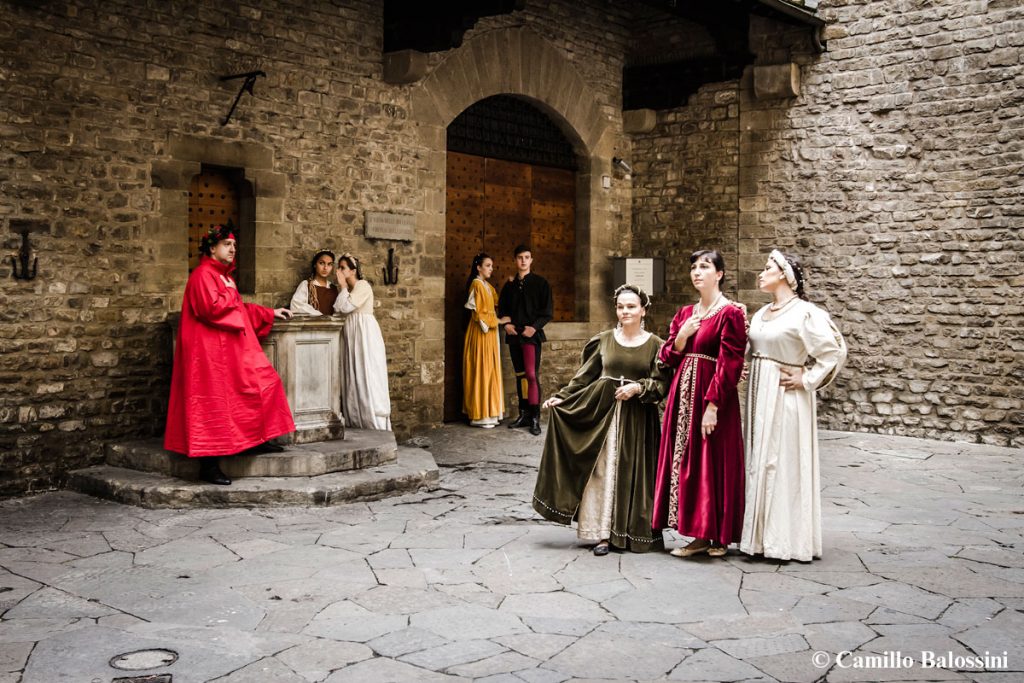
The history of the House of Dante museum
Inside the three-storey building, you can see documents and finds that tell the life and works of Dante. Dante’s brother sold the house to new owners. These carried out expansion works but then the house was abandoned to decay. Many remember those places and that Dante had lived in the humble houses near the Chestnut Tower. Only in 1865 the General Council of the Municipality of Florence decided to buy it. Research was launched into the real existence of Dante in those places. Then a stop to the purchase procedures, until the Municipality started the work of “recovery and reconstruction” of the House of Dante in 1911.
Three-storey museum
The museum dedicated to the great poet was established on the wishes of the Florentine Union precisely in those places. The opening in May 1965 and then the many interventions over time to keep it alive. There are several sections on the First floor. One dedicated to the Art of the Medici and Apothecaries with plants, flowers, minerals and tools. Then the political room in which there are tales of the internal divisions of the city of Florence and the war between the competing factions. There are also decorated ceramics of inestimable value, dating back to the 14th-15th centuries. And again the room on the Florentine economy with a model showing how the city of Florence was divided in the Middle Ages. Then a room with a diorama of the two armies lined up for the Battle of Campaldino in which Dante participated.
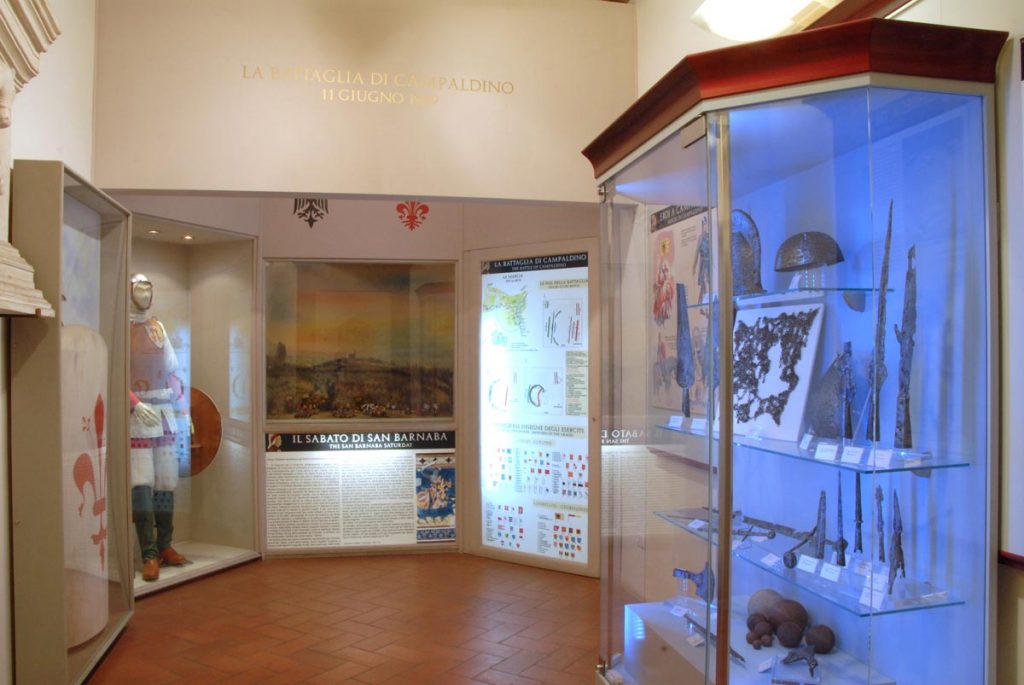
The second floor, dedicated to Dante’s life and medieval Florence, contains valuable books. Then a room with a faithful reproduction of a noble bedroom. Finally on the third floor there are prestigious texts including a copy of the Divine Comedy from the Trivulziano Code of 1337, the smallest book of the Divine Comedy “Dante readable to the naked eye” of 1899, The Comedy of Dante Alighieri, with Reasonings and notes by Niccolò Tommaseo from 1865 and the Caetani Code of the Divine Comedy with notes by Marsilio Ficino.
The last room is of no less importance, here in fact, there are reproductions of two noble clothes embroidered by hand and adorned with jewels, fabrics and furs, depicting a bride and a notary.



